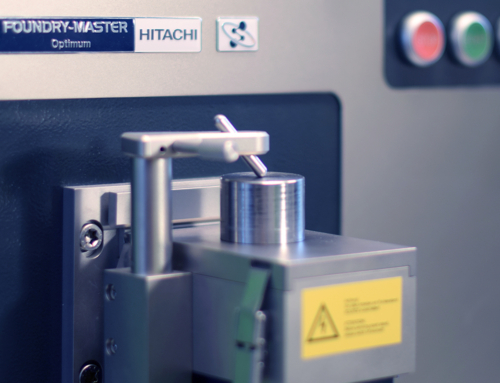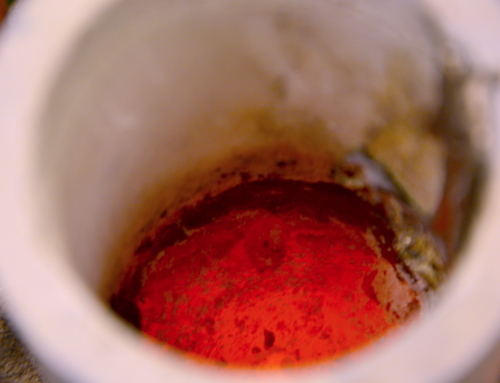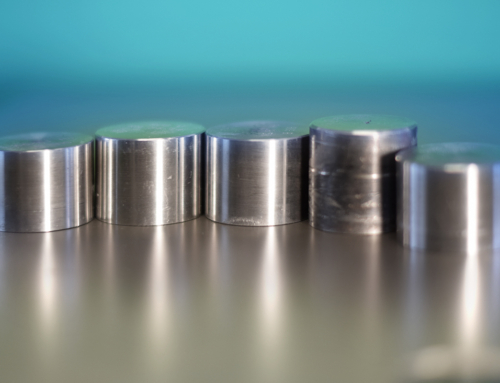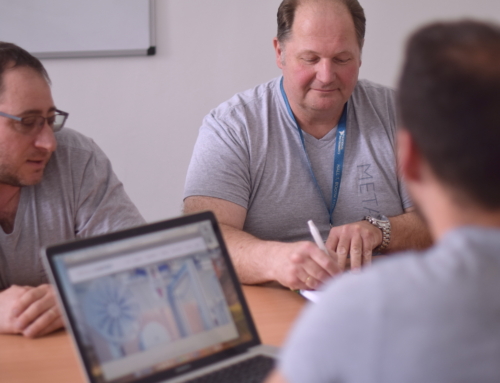This new alloy developed in Taiwan has several components (at least five) and many of its components are present in close to the same concentration. The many alloying components increase the so-called configuration entropy, which stabilises – even in the solid phase – the solution structure that is characteristic of the melt. This solid solution is not in a balanced structure on atomic level, due to the different atomic radiuses of the components and their inclination to form compounds with each other. The solid solution may be characterised with an average crystal structure; therefore the alloy has the malleability that is characteristic of the crystalline materials, and at the same time it has the solidity that is characteristic of the amorphous structures. The non-balanced solid solution may be sustained up to a high temperature (up to 700-800 °C), and this way a real warm-solid structural material may be produced, which is at the same time corrosion and wear resistant. Its areas of application is being studied at present, and it is the topic of several of our doctoral researches.
Possible application areas:
- Thermoelectric generators
- Lathe knives
- Ball bearing raw materials
- Drilling bits





